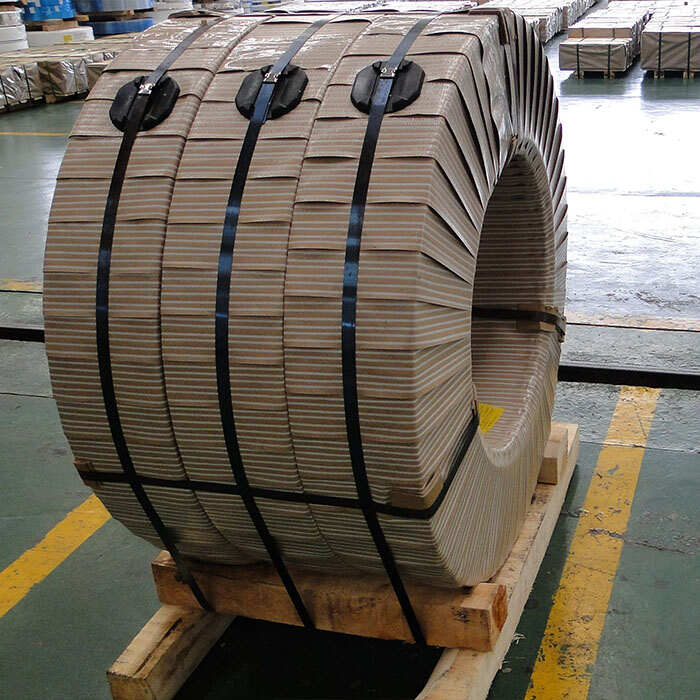

The reasons for pitting of stainless steel plates are mainly related to the following factors:
The role of chloride ions:
Chloride ions are one of the main causes of pitting. Chloride ions can destroy the passivation film on the surface of stainless steel, exposing the metal to the external environment. The exposed area is susceptible to corrosion, forming small pits or pitting.
Environmental humidity and temperature:
High humidity and high temperature environments accelerate the occurrence of pitting, especially in marine climates or environments with high concentrations of chlorides.
Oxygen concentration differences:
If there is a difference in oxygen concentration on the surface of stainless steel, it will cause local corrosion and form pitting. This phenomenon is usually called redox reaction. Due to the difference in redox potential in different areas, pitting is easy to cause.
Surface dirt and foreign matter contamination:
Surface contaminants will cause the local area to fail to form a uniform passivation film, increasing the risk of pitting. Contaminants may form electrolyte bridges on the surface of stainless steel, resulting in local aggravation of the corrosion area.
Welding defects:
Temperature changes and uneven cooling rates during welding may cause tiny cracks or heat-affected zones to form on the surface of stainless steel plates. These areas may not be able to form a complete passivation film, so they are more prone to pitting.
High-concentration acid environment:
When stainless steel is exposed to a high-concentration acid environment for a long time, the passivation film is easily damaged. Even low-concentration acid may accelerate the occurrence of pitting corrosion.
Defects on the metal surface:
If there are scratches, cracks or other mechanical damage on the surface of stainless steel, the surface protective film may be broken, exposing unprotected metal areas, which are more prone to local corrosion and then pitting corrosion.
Alloy composition and material defects:
The difference in alloy composition of different types of stainless steel will affect its corrosion resistance. Some stainless steel alloys may be more prone to pitting corrosion. In addition, the unevenness of alloy composition, intergranular corrosion, etc. may also promote the occurrence of pitting corrosion.
Summary: Pitting corrosion of stainless steel plates is mainly due to the destruction of its passivation film or local corrosion caused by chloride ions, environmental factors, surface contamination, welding defects, etc., which cause local pitting corrosion on the metal surface. Methods to prevent pitting corrosion include keeping the surface clean, avoiding exposure to high-concentration chloride ion environments, and selecting suitable alloy materials.
